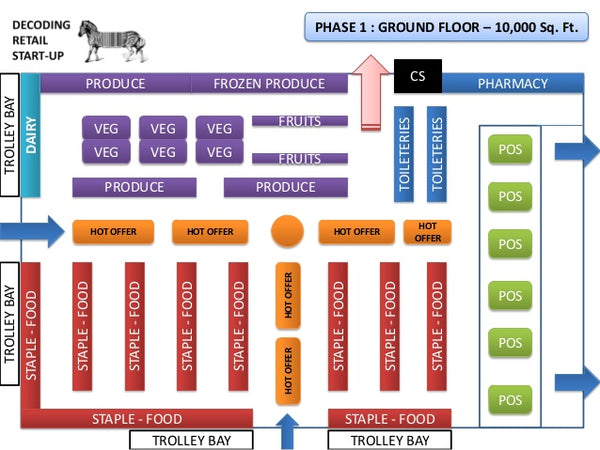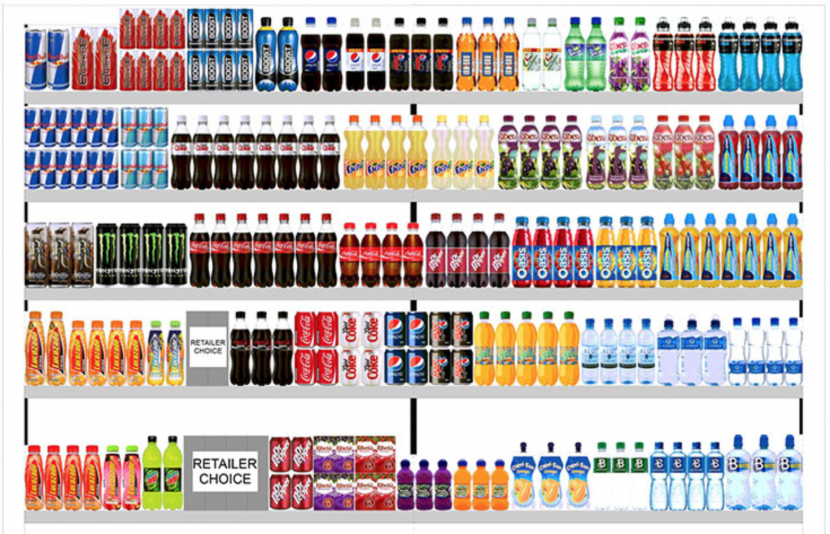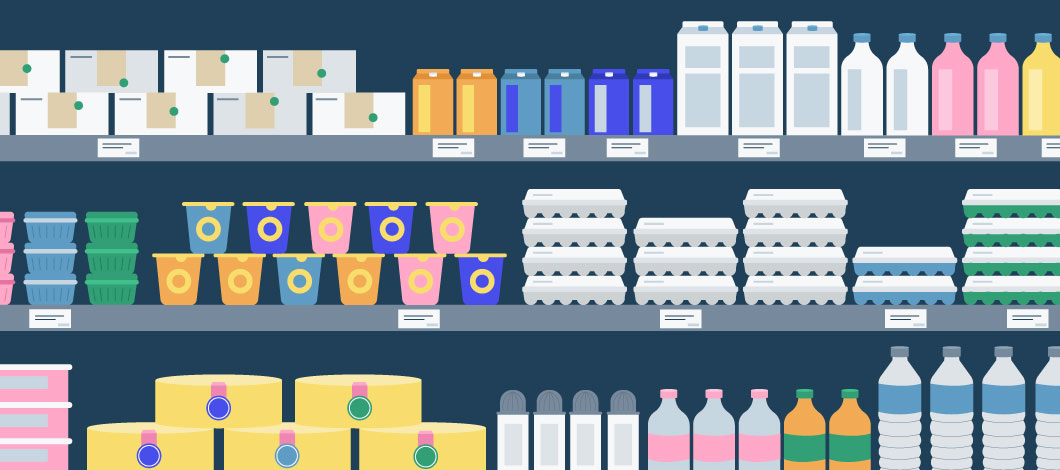


Each of these sections would have its own style of layouts to promote sales and ease customer navigation and visibility. The other planograms can be Fruits and Vegetables, Dairy, meat and frozen foods section. The planogram would start with a floor plan which would show the layout of the different sections.Įach section with its own planogram would be showing how products should be arranged on the shelves or displays. A planogram for ABC Retail would include the following elements: Let us take an example of ABC Retail store which sells fruits, vegetables, dairy products, meat, and frozen foods. EndcapĮndcap show how products should be arranged on an endcap which is a display at the end of an aisle. Shelf show how products should be arranged on a shelf e.g.

Pegboard show how products should be hung on a pegboard such as a display of toys or art supplies. Wall planograms show how products should be arranged on a wall such as a e.g. Floor plan planogramsįloor plan planograms show the overall layout of a store or section and how products should be placed on the floor. Here are a few types of planograms you might come across: 1. This also improves the customer experience. SmartDraw makes creating a planogram easy with built-in templates and symbols you can drag-and-drop onto your layout.This is because customers are more likely to purchase products that are easy to find and that are presented in an accessible way to navigate the store. Smaller stores like boutiques, and local or gourmet shops use them to maximize their selling space. For example, you'll often find sugary kid-centric cereals on the bottom shelves while healthy, high-fiber ones will be placed higher. The purpose of planograms is to help keep stores efficient. Their lower level placement may even make it easier for children to grab products to add to their parents' carts.

However, products on the bottom shelf may be eye-level for children. Products placed at eye-level may sell better than products placed on the bottom shelf. For example, stores will first group all bread-like products in the same aisle and then will often place peanut butter, jelly and other condiments in the same place to help remind shoppers to stock up on those items at the same time. Making a planogram is a delicate balance of logical organization such as grouping items in the same category and taking advantage of consumer behavior and psychology to expose them to new or highly profitable products, and increasing sales by using cross-selling techniques and triggering impulse buy behaviors.


 0 kommentar(er)
0 kommentar(er)
